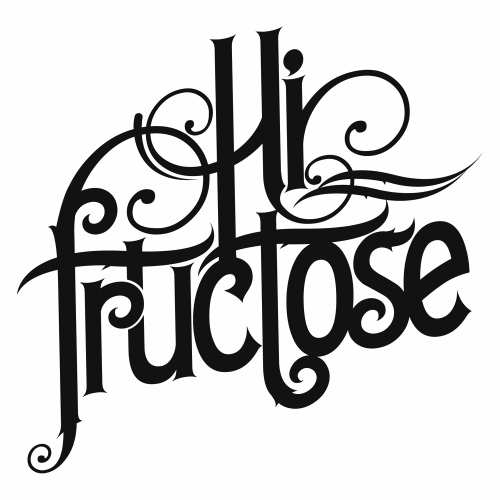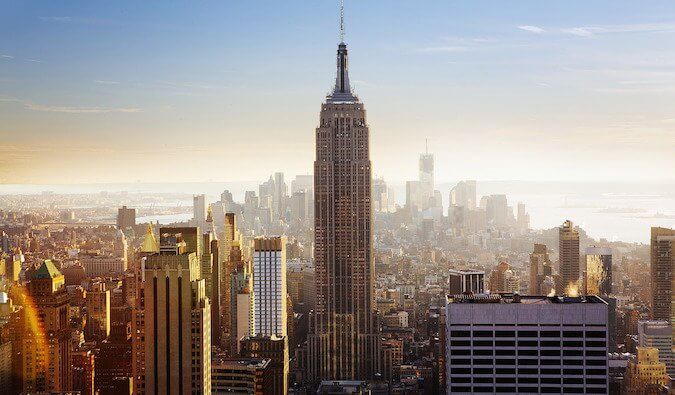Laura Laine is a Finland-based artist whose spectral illustrations bridge the worlds of fashion, art, and the surreal. Her work has adorned the pages of Vogue, Elle, and The New York Times. But she didn’t always want to be an artist. Growing up both of her parents were artists who brought her up in an art making environment.
“Still, I remember quite consciously not wanting to become an artist like them, and I studied fashion design instead,” Laine says. “Somehow, I still ended up doing what I do, since eventually I just followed what I really felt passionate about. Growing up the word “artist” meant to me something extraordinary and something you’d have to have earned to call yourself, but nowadays I’m not too bothered about job titles.”
We caught up with Laine to investigate the ghostly and mythic inspirations behind her surreal illustrations and their impact on the fashion world.
Hi-Fructose (HF): Do you use references or pose models for your work?
Laura Laine (LL): Not always, but very often I start with a reference image. Mostly it’s a photo, but sometimes I use old sketches from croquis sessions. I think that croquis actually teaches you to remember a lot of things about the human anatomy surprisingly well by heart. I don’t follow my references closely at all, most of the time I use them for composition ideas.
HF: There is a surreal quality to your work that separates it from the runway influence. How do you think about form?
LL: I think about the image in terms of composition, form and texture, and what I can create with these elements. Sometimes the body seems like a totally secondary element in the image, almost like an excuse, even if the subject of the piece is a figure. I like distorting shapes and playing with the proportions of things. In my work the body and the form have an interplay, where the body always submits to the form, but has its own subtle influence on it. And all the while I like to maintain some sense of the real, as if everything I draw would be at least nearly possible in real life.
HF: How does the body impact your work?
LL: The body functions as an expressive tool to come to a specific result, that varies from piece to piece. I think very little in terms of aesthetics in a bodily sense. I remember years ago reading criticism that my work promotes an unhealthily thin body image, but if you really look at my characters, very little about them is realistic or even traditionally beautiful. I’m interested in manipulating the body to create a mood or a form, and creating strong characters—not nice-looking girls.














